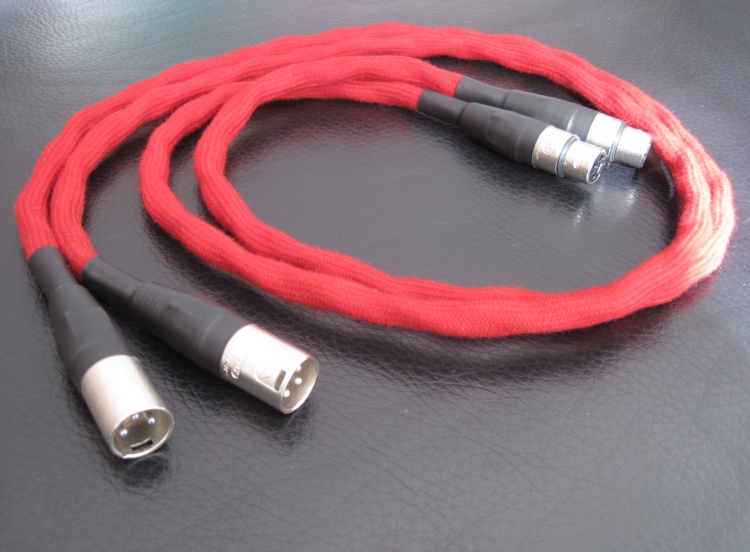
After releasing the incredibly musical-sounding USB cables Elijah Audio now released an analog cable with a slightly odd name: Katoen
Katoen in Dutch means cotton, of which incidentally the sleeve is made. These cables don’t come from Holland though, but from Down Under: Australia.
Review sample supplied by Elijah Audio
Retail price: $250 per 1m pair
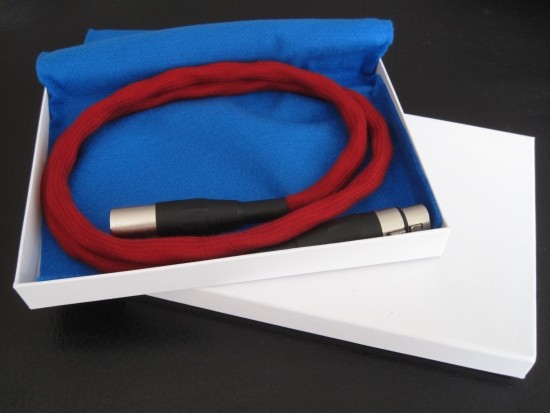
After being so enthusiastic about the Quad Braid USB cable for its very natural, almost analog-like sound, Michael from Elijah Audio told me that he was working on an analog interlink. 4 months later the cable is a fact and swiftly delivered to my doorstep. Almost, perhaps literally all, cables need to run in. Some short, some ridiculously long, but this is in my experience mostly to do with the sleeving or inner insulation. When this is PVC, running is tends to be quicker; when this is Teflon, running in tends to be very long. When it is concerning the new Elijah Audio Katoen interlink however, it seems like there is almost zero running in time. This might have to do with the materials of which the Katoen interlinks is constructed.
The Katoen interlink consists of 3 runs of Audience Cu Cryo wire in tight cotton tubing with a double outer layer of cotton sleeve. You see? There’s no PVC, no Teflon, in fact: no plastics at all. And this you can clearly hear.
Levinson 390S – versus Transparent Ultra XLR
Even fresh from their box and connected to the Levinson 390S’ outputs in place of the usual Transparent Ultras, the Katoen sounds surprisingly free from “newness”. In fact, it sounds more than a little bit similar to the Transparent in the areas of treble smoothness and air, naturalness of the presentation and the overall relaxed feel. With some tracks the cables were surprisingly close in presentation and I wondered how this was possible at this price. It took a few more tracks to pinpoint exactly where the differences lie. With easy music, the Katoen is at its best, providing an uncoloured, relaxed and highly natural sound with even more fluid treble than the Ultra XL, again reminiscent of analog audio in terms of being highly resolving, well-paced and emotionally involving yet remain free from edge, shoutiness or grain. The treble department, always very important for me, is simply gorgeous: airy, extended and 100% grain-free. Swapping back to the Transparent Ultra XLR brings the precise differences to the table more clearly, showing the Transparent as the livelier, more dynamic cable. It is also more articulate throughout the frequency range. Soundstage and focus however are pretty similar, both cables providing nice layering in the depth plane and stage extending well beyond the speakers in the horizontal plane. Smooth though the Katoen is, it is not a slow or fat sounding cable. It’s quite speedy in fact, but relaxed at the same time. It seems to be matching very well with the very open sounding Apogee Duetta Signatures.
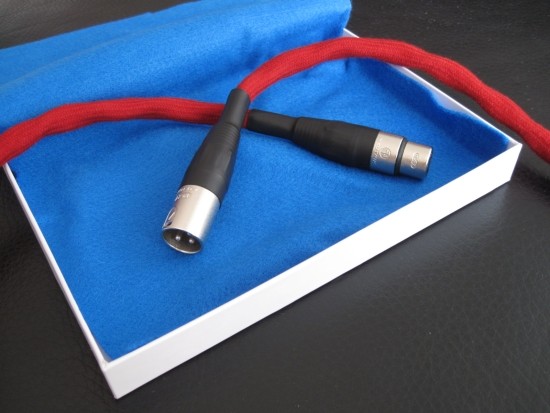
Nordost Valkyrja
Because the Nordost was in for a review anyway, I couldn’t resist to make a quick comparison to the Nordost Valkyrja. At around $2000 for the Nordost, this is a very, very unfair comparison but hey, I’ve done weirder things. Let’s just see how they compare using the Levinson as a source. Well, as it turns out, the Nordost is the diametrical opposite of the Katoen. Katoen is smooth, relaxed, fluid and natural but the Nordost is all about speed, attack, drive and detail. Yes, it does retrieve a huge amount more detail. That is, it’s not like those details are missing with the Katoen, they’re just subdued a little and therefore less obvious. The Valkyrja seems to lift all the little details up a little, making it easy to “look” into the recording. Contrary to what one might expect, the Nordost isn’t grainy or dry or thin. Cheaper Nordosts do tend to sound thin and devoid of colour but the Valkyrja manages a nice balance. It is also clearly the more exciting cable, but at what cost? Also, music isn’t only about detail retrieval: I for one also like to relax with my music and also play less immaculately-recorded albums and for that purpose, the Katoen is better suited. There’s more: the Katoen managed to sound bigger: wider, deeper, more living-and-breathing, whereas the Valkyrja seems to shrink the soundstage in all directions while upping the focus and transient snap. Don’t get me wrong: I’m not saying that the Katoen outclasses the Valkyrja – it doesn’t. But it does bring compelling arguments to the table, even in light of stiff competition.
Jeff Rowland Aeris
First impressions of the Katoen connected to the Jeff Rowland Aeris DAC were very promising: compared to the Cardas Hexlink Golden 5C that is normally connected to the Aeris, just like the Transparent Ultra, the Katoen provides a smoother, gentler character to the sound and also like the Transparent, it has a very wide and deep soundstage. The Katoen’s bass comes out better than on the Levinson: tighter and with a little more impact. But for some reason the overall match here is less spectacular, being a little bit too restrained and more specifically the treble being a little darker than with the Transparent. The latter is a little weird because with the Levinson it was the other way around. I can only guess why this would be the case bit it could have to do with the Aeris’ higher output impedance. These subtleties and my preference for Cardas Hexlink Golden 5C notwithstanding, it is still ridiculous what the Katoen achieves for so little outlay. Remember that I am now comparing it to very high class cables.
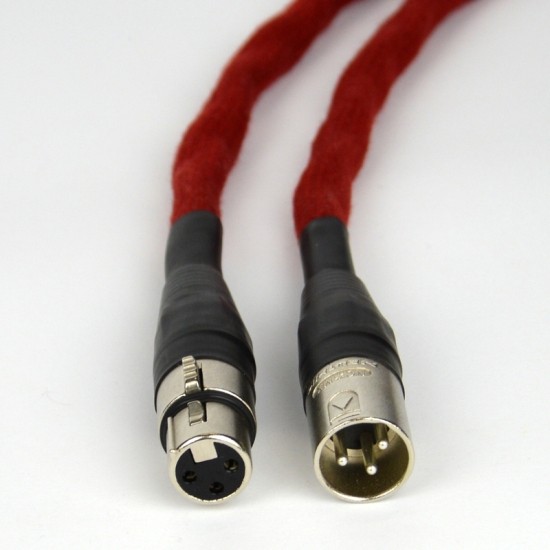
Conclusion
I am consistently charmed by the Katoen and am also amazed at what high level of reproduction it achieves. Its character is smooth, refined, natural, open and airy all at the same time. While doing so it doesn’t slow speed or compress dynamics but for all its musical qualities, it does take away a little bass articulation and transient snap. If you need a cable that retrieves the utmost in all-out dynamics and bass slam, then this is not your cable. But considering what it achieves otherwise, I’d say that is not something to worry about. If you are looking for a supremely musical cable however and are drawn to high end cables with a smooth character like the Transparent Audio Ultra XL or Cardas Golden Cross, Katoen may be just the cable for you at only a fraction of the cost.
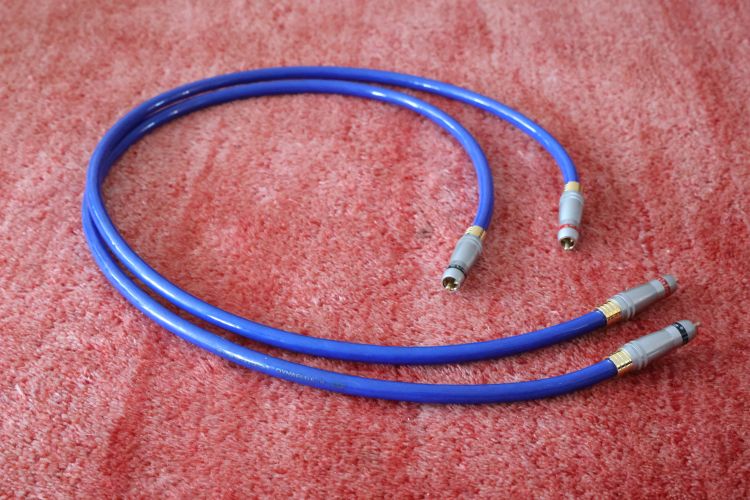

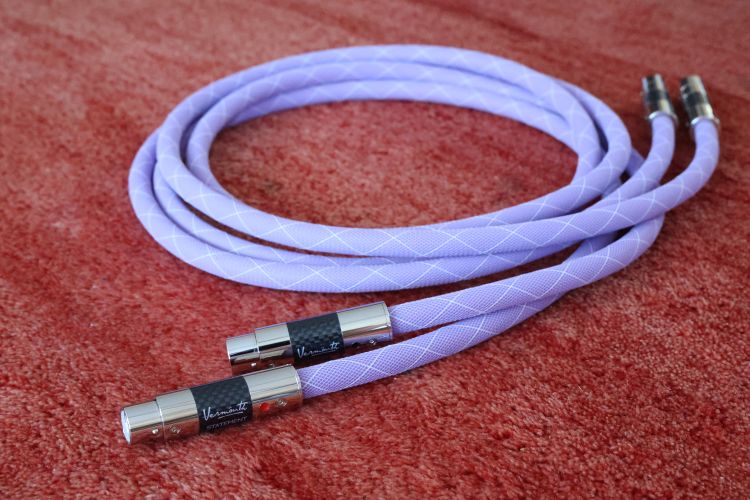
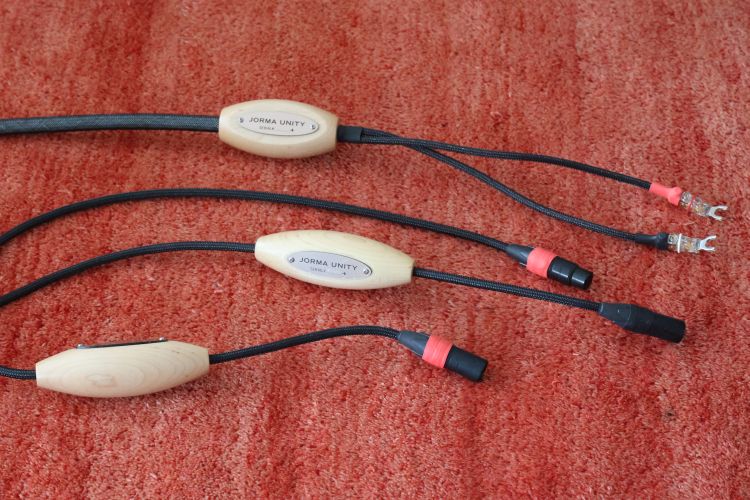
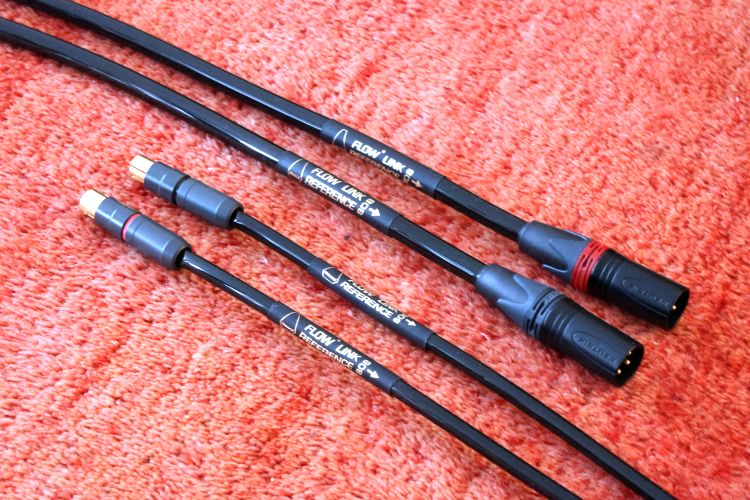
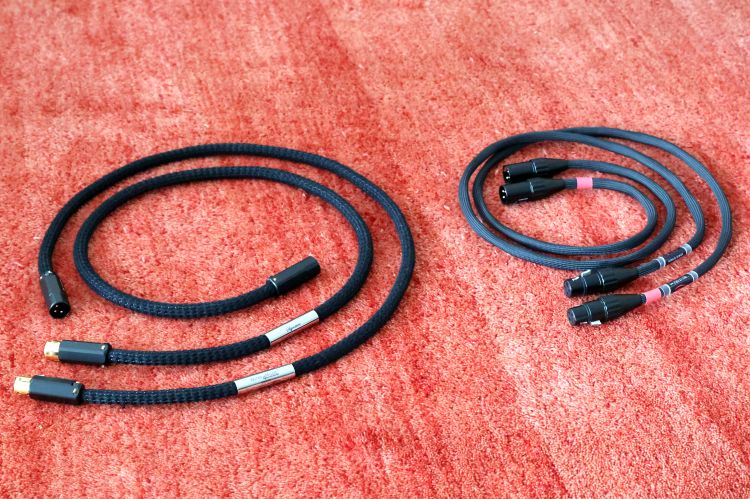
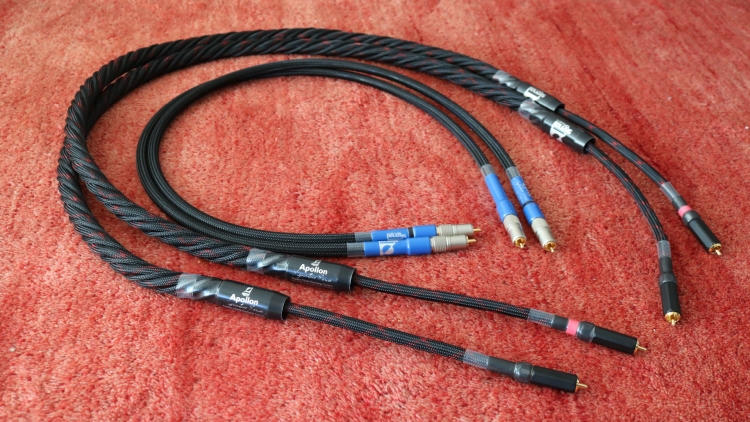
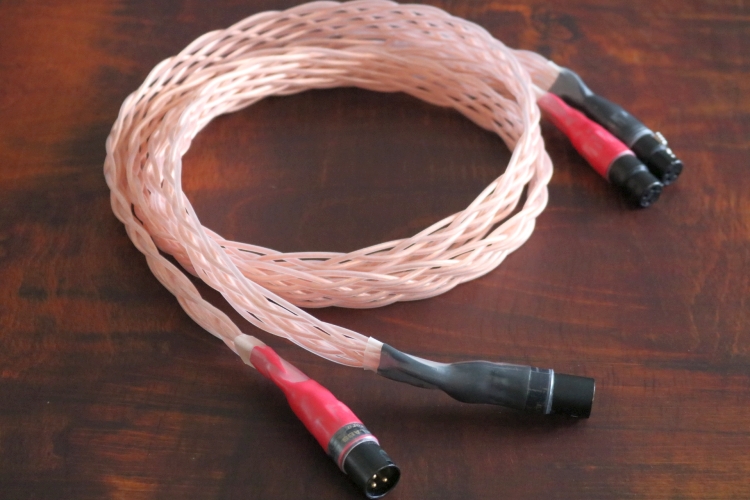
This is a great review of the 818v3 and matches my long term impressions perfectly! Have you tried the single-ended version of the Elijah Audio cable? I too find the 818v3 can use a very slight toning down as I’m allergic to upper-midrange/treble edginess! Don’t know if the SE cable will sound the same as the XLR though and my current amp doesn’t have balanced inputs.
Sorry James, this one escaped from my attention… As I only have the balanced version I can’t really comment on the SE version. However as they are built in a very similar fashion, I would assume that their characters would be very similar too.